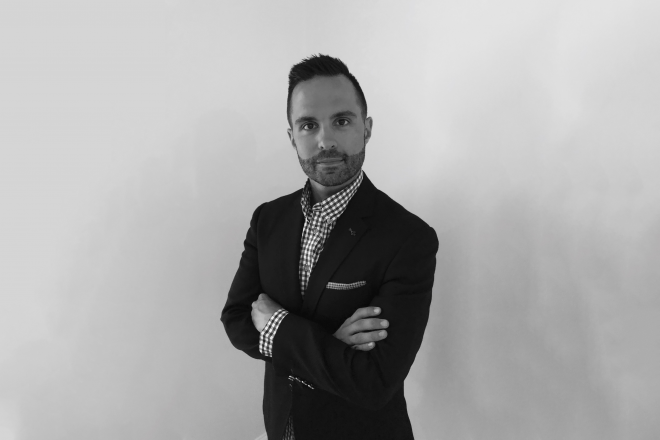
30th September 2025
5 Proven Strategies to Build Courageous Leadership

In times of uncertainty, many leaders freeze or retreat, yet research shows that courage drives growth and resilience. Harvard professor Ranjay Gulati outlines five strategies—creating positive narratives, cultivating confidence, taking small steps, building connections, and staying calm—to help leaders develop bravery as a learnable skill and drive bold action.
This article was written by Ranjay Gulati and published in HBR.
This is what my colleagues Nitin Nohria and Franz Wohlgezogen and I found more than a decade ago, when, during the 2008 financial crisis, we examined how 4,700 public companies had navigated the three previous recessions. We discovered that about 9% were able to emerge from each downturn in stronger shape than before, not just because they thoughtfully cut costs but also because they simultaneously took calculated risks to invest in growth. Without intending to, we documented the significant difference that courage makes in business.
Since then, I’ve been investigating what drives courageous behavior. In challenging circumstances, why do some leaders make daring moves while others hesitate? Philosophers as far back as Socrates, Plato, Aristotle, and Mencius pondered whether bravery was an innate virtue or could be taught. Modern-day scientific research, spanning the fields of psychology, sociology, economics, neuroscience, and healthcare, confirms the latter view, showing that many types of people, including those who didn’t previously consider themselves brave, can be just that when the situation calls for it. And yet few studies have sought to understand how individuals can become more courageous—until now. Over the past several years, I have surveyed existing social and natural sciences scholarship, collected and analyzed leadership stories—some through archival research, others through more than 200 detailed interviews—and distilled the insights into a playbook for anyone looking to be more intrepid at work.
Bravery as a Choice
I define courage as a willingness to take bold, risky action to serve a purpose that you perceive to be worthy, usually in the face of an abiding fear. It can involve accepting a physical challenge, making yourself emotionally vulnerable, risking social or economic standing for your moral beliefs, or publicly championing new and unorthodox ideas. And as Nelson Mandela famously said, it is not the absence of fear but triumph over it.
Many experts argue that, in work and business settings, the best way to overcome anxiety about uncertainty is risk management. As professor Kathleen K. Reardon has written, courageous action is really an “intelligent gamble” based on “careful deliberation and preparation” that includes weighing risks and benefits. Indeed, when considering decisions like whether to fund a new business, undertake a merger or acquisition, or switch jobs, it’s sensible to do a cost/benefit analysis to reduce the odds of negative outcomes and mitigate their potential consequences. People have long used these tools to effectively manage and even profit from risk. But as research by the late economist Frank Knight has shown, they aren’t enough to help us behave boldly in situations where we can neither identify all the potential dangers we face nor estimate their chances of materializing. Under volatile, uncertain, complex, and ambiguous (VUCA) conditions, when possible outcomes are unknown, most people feel a loss of control, triggering fear, which often leads to paralysis (the so-called freeze response) or retreat (flight). Brave leaders, by contrast, are able to reclaim their agency and fight.
And there are many examples of those who have: political leaders like Mandela and Ukrainian president Volodymyr Zelensky; decisive CEOs such as BlackRock’s Larry Fink and Chanel’s Leena Nair; scrappy entrepreneurs, from the legendary Steve Jobs to the lesser-known Aloke Bajpai of India’s online travel agency Ixigo; and even everyday employees and citizens, like Facebook whistleblower Frances Haugen, former US Airways pilot C.B. “Sully” Sullenberger, and the Taj Hotel staff members who risked their lives to help guests during a 2008 terrorist attack in Mumbai.
In my research I found that individuals like these develop courage in five ways: They create positive narratives, cultivate confidence, take small steps to boost their comprehension of the challenges they face, make connections, and stay calm, employing a variety of techniques to do each.
At a moment when 76% of S&P 500 companies are citing “uncertainty” in their earnings calls (up from 37% in the three months prior, according to FactSet), these strategies are especially critical. What’s more, any leader can learn and deploy them to become more courageous.
Read the article in full here: Now Is the Time for Courage







